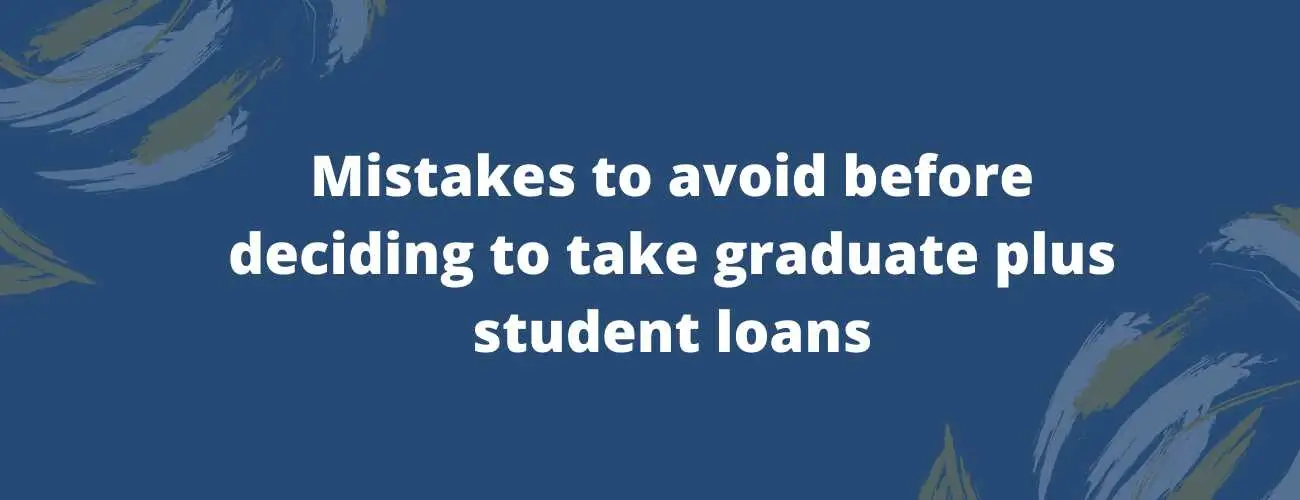Direct Unsubsidized Loan
All you need to know about Direct Unsubsidized Stafford Loans, from eligibility, limits of borrowing, loan definition, interest rates, fees and so on to its overall advantages and disadvantages.
Updated by Taskeen Fatema on 28th July 2020
Apart from which subway to eat, or which photo to post on Instagram; a bigger pressing concern that troubles the mind of a student is the rising cost of a college degree which in turn has more students than ever borrowing to cover their expenses. While some students opt for loans from private lenders, an estimated whopping 44 million borrowers have taken out loans from the U.S. Department of Education. Of those, 32.1 million borrowers owe Federal Direct Loans.
The main reason why they opt for these loans is that they offer numerous benefits, including flexible repayment options, low-interest rates, the option to consolidate loans in addition to forbearance and deferment programs. Federal Stafford Direct Loans may broadly be divided into subsidized or unsubsidized; and before you borrow, it is important to understand how the two loan types compare. Both the loans are the same, except unsubsidized student loans mean that students pay also the interest of their student loans that is accrued during their study period.
Although, Subsidized and unsubsidized loan definitions are both federally guaranteed student loans that are available for students who desire to pursue education but lack the financial resources to do so.
However, there are some important differences between them that you’ll need to understand if you are borrowing for school. Here’s what you need to know about each of these different types of student loans.
We will be exploring all features and aspects of an unsubsidized federal Stafford loan.
Table of Contents
- What is Direct Unsubsidized Loan
- Eligibility Criteria for Direct Unsubsidized Loan
- How to Apply
- Limits of the Borrower
- Repayment, Interest Rates, and Fees
- Advantages
- Disadvantages
- Conclusion
What are Federal Direct Unsubsidized Loans?
Federal Direct Unsubsidized Student Loans (sometimes called Unsubsidized Stafford Loans) are student loans whose definition is Best federal student loans borrowed through the Direct Loans program that offers undergraduate and graduate as well as professional students a low, fixed interest rate with flexible repayment terms. Demonstrated financial need is not required as an eligibility to qualify as opposed to the case of subsidized loans, so even students from very wealthy families can resort to this.
Unsubsidized student loans, from their definition, mean that Students are responsible for paying all of the interest that adds up until the loan balance is paid off in full. If you don’t make interest payments, the unpaid interest is added to your loan balance, making repayment more costly.
Read more on student loan interest
These loans can be used to pay for the total expenses of your education: tuition, housing, reading materials, and other expenses related to studies. There are several banks, credit unions, and loan companies from where students can obtain an unsubsidized student loan.
Since direct Unsubsidized Loans are also federal loans, students must complete the FAFSA to be eligible.
How do I qualify for direct unsubsidized loan?
Most students who qualify for federal aid are eligible to take out a Direct Unsubsidized Loan. As mentioned above, your family’s financial circumstances do not play any role as such; even wealthy families can qualify.The borrower should comply with the following basic requirements:
-
Be a U.S. citizen, national, or eligible non-citizen
-
Enrolled at least half-time in an eligible degree or certificate program
-
Not in default on any existing federal student loans
-
Should have met general eligibility requirements for federal student aid
No need for a co-signer, mostly as there is no credit check.
-
There is also no need for a separate loan application.
How to Apply for a Direct Unsubsidized Loan
In order to apply for a direct unsubsidized loan, one needs to go through the following steps -
1. First and foremost, complete the Free Application for Federal Student Aid (FAFSA) or Renewal FAFSA (for returning students) at FAFSA.ed.gov.
2. You will then receive your financial aid award letter by mail or email from your school's financial aid office. This letter will summarize your available financial aid, including Direct Subsidized Loans (if eligible) and Direct Unsubsidized Loans.
3. You are then required to contact your financial aid office in order to accept the financial aid, including student loans.
4. Finally, finish off by signing associated paperwork if any, like the Master Promissory Note (MPN)
Limits of the Borrower for Direct Unsubsidized Loan
The amount you can borrow from the Direct Loans program is subject to annual and aggregate loan limits.
The terms, annual and aggregate loan(also called cumulative limits) limits specify the maximum amount that may be borrowed from a student loan program per academic year and in total through the loan program. Student loan limits vary depending on factors such as the type of loan, the student’s degree level, year in school and dependency status, the college’s cost of attendance, other aid received by the student and the loan program.
Federal student loan limits are specified by the Higher Education Act of 1965 and are changed by Congress about once a decade. On the other hand, loan limits for private student loans are set by each lender, such as banks, credit unions, and other financial institutions, and may be changed more frequently.
The following chart outlines the annual and aggregate limits for subsidized and unsubsidized loans as per studentaid.ed.gov.
| Year | Dependant students* | Independent Students** |
| First-Year Undergraduate Annual Loan Limit |
$5,500—No more than $3,500 of this amount may be in subsidized loans |
$9,500—No more than $3,500 of this amount may be in subsidized loans. |
| Second-Year Undergraduate Annual Loan Limit |
$6,500—No more than $4,500 of this amount may be in subsidized loans. |
$10,500—No more than $4,500 of this amount may be in subsidized loans. |
| Third-Year and Beyond Undergraduate Annual Loan Limit |
$7,500—No more than $5,500 of this amount may be in subsidized loans. |
$12,500—No more than $5,500 of this amount may be in subsidized loans. |
| Graduate or Professional Students Annual Loan Limit |
Not Applicable (all graduate and professional students are considered independent) |
$20,500 (unsubsidized only) |
| Subsidized and Unsubsidized Aggregate Loan Limit |
$31,000—No more than $23,000 of this amount maybe in subsidized loans. |
$57,500 for undergraduates—No more than $23,000 of this amount may be in subsidized loans. $138,500 for graduate or professional students—No more than $65,500 of this amount maybe in subsidized loans. The graduate aggregate limit includes all federal loans received for undergraduate study. |
Dependant students* - except students whose parents are unable to obtain PLUS loans.
Independent students** - and dependent undergraduate students whose parents are unable to obtain PLUS loans.
It is to be noted that if you are a dependent student whose parents are ineligible for a Direct PLUS Loan, you may be able to receive additional Direct Unsubsidized Loan funds.
Worried about your tuition? Learn more about student loans
Repayment, Interest Rates, and Fees for Direct Unsubsidized Loans
The standard repayment plan has a term on Direct Loans of 10 years. However, you can qualify for a longer repayment term if you consolidate the loans or have more than $30,000 in federal student loans.
Direct Unsubsidized Loans are eligible for all of the different repayment plans offered by the U.S. Department of Education.
The Graduated Repayment Plan, by comparison, starts off your payments on a lower scale, then raises them gradationally. This plan also has a term of up to 10 years, but because of the way the payments are structured, you might end up paying more than you generally would with the Standard option.
Some of the eligible repayment plans are:
-
Standard Repayment
-
Extended Repayment
-
Graduated Repayment
-
Revised Pay-As-You-Earn (REPAYE) Repayment
-
Pay-As-You-Earn (PAYE) Repayment
-
Income-Based Repayment (IBR)
-
Income-Contingent Repayment (ICR)
-
Income-Sensitive Repayment (ISR)
The interest rates on Direct Unsubsidized Loans are fixed and do not change over the life of the loan.
Every year on the 1st of July, interest rates reset for new loans first disbursed on or after the day.
Present-day Interest Rate and Fees
Currently, the interest rate for graduate or professional students for loans first disbursed on July 1st, 2019 through June 30, 2020, is 6.08 % and the fixed interest rate for the academic year 2019-2020 for undergraduate students is 4.53%.
The interest on a Direct Unsubsidized Loan starts to add up (accrue) from the date the loan is first disbursed. If you don’t pay the interest as it accrues, it will be capitalized (added to the loan balance) when you enter repayment, increasing the size of the loan. As per the explanation, this could mean a $10,000 loan taken in freshman year might grow to $13,000 by graduation, thanks to interest accruing and being tacked onto the principal.
The current fee (October 1, 2018 - September 30, 2019) on Direct Loans is 1.062%. Fees are deducted from each loan disbursement. You can ask the college financial aid office to increase the loan amount to cover the fees, up to the annual loan limit.
In-School Deferment and Grace Period
While you are enrolled in school at least half-time, your Direct Loans will be placed into deferment, which means you don’t have to make any payments. In addition, you don’t have to make payments during the 6-month grace period as well after you graduate or drop below half-time enrollment status. uring this period, you'll receive repayment information from your loan servicer, and you'll be notified of your first payment due date. Payments are usually due monthly.
The interest on your Direct Unsubsidized Loans will start to accrue (add up) as soon as all of the loan funds are sent to your school. Even though you aren’t making any payments, interest is still adding up.
Now one might ask oneself, with so many options available, why should I opt for an unsubsidized student loan?
Let's make answering the above question easier by summarizing all the information that we have gathered and learned concisely in the form of advantages and disadvantages.
Advantages of Direct Unsubsidized Loan
If you decide to go ahead with a direct unsubsidized loan then from its definition, you can expect the following to be in your favor -
-
Both undergrad and grad students can apply for Direct Unsubsidized Loans
-
No payments while enrolled in school
-
Potential borrowers don’t need to prove financial hardship to qualify hence eligibility not based on demonstrated financial need or credit
-
Multiple repayment plans (including income-based) available
-
Annual loan limits are higher than for a subsidized loan, with a total aggregate loan limits cap of $31,000
Disadvantages of Federal Direct Unsubsidized Loans
If you decide to go ahead with a direct unsubsidized loan then from its definition, you can expect the following to be in your favor -
-
Your school determines the amount you can borrow based on your cost of attendance and other financial aid you receive
-
Borrowers are responsible for paying their debt in full, interest and everything else on their direct unsubsidized loans
(As per the unsubsidized student loan definition, if you choose not to pay the interest while you are in school and during the grace period after graduation and during deferment or forbearance, the interest will accumulate and be capitalized (i.e. it will be added to the principal amount of the loan which is bad for you)
- The government doesn’t assist in paying the accrued interest mainly because these loans are not based on financial need
Conclusion
Although unsubsidized student loans do not offer similar benefits as the subsidized student loan, it can still be a good option for many students. Students who are not able to meet the qualifications for a subsidized loan can opt for unsubsidized student loans. As the criteria for getting unsubsidized student loans are very flexible, a student can still qualify for an unsubsidized student loan even if his/her family’s annual income is too high to qualify for a subsidized loan. This is considered to be a big plus point for a lot of borrowers.
However it is preferable to borrow Direct Subsidized Loans (if eligible) first, then go for Direct Unsubsidized Loans. Learn more about what is a Federal Direct Subsidized Loan.
If you have borrowed the maximum and still can’t pay all of your costs, consider other funding options. Compare the costs and benefits of Parent PLUS Loans and private student loans. If you have a creditworthy cosigner, you may get a lower interest rate with a private student loan. We advise you to understand the basic definitions and all the other factors to know for sure, which loan is better for you, subsidized vs unsubsidized loan before you make a choice.
You can always refinance your existing loans, whether subsidized or unsubsidized. Though you should be aware that you will lose the federal benefits that come with these loans. If you need to refinance your student loans, then turn to the Best Companies to Refinance Student Loans to get the best fit for you.
Before making any final decision regarding what type of loan is the most suitable to you, try to imagine the best-case scenario, worst-case scenario, and middle-of-the-road scenario to get a sense of all possible outcomes. Compare the potential benefits that arise in your scenarios to the cost of taking on debt.
| Minumum Credit Score | Apply in as little as | Variable APR | Fixed APR | ||
|---|---|---|---|---|---|
 | Not Available | 15 minutes or less | 2.95 | 4.74 | View disclosures |
 | 620 | 2 minutes | 5.38%-16.99%1 | 4.43%-16.99%1 | View disclosures |
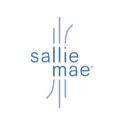 | Not Available | 15 minutes | 1.13% - 11.23%¹ (with autopay) | 3.50% - 12.60%¹ (with autopay) | View disclosures |
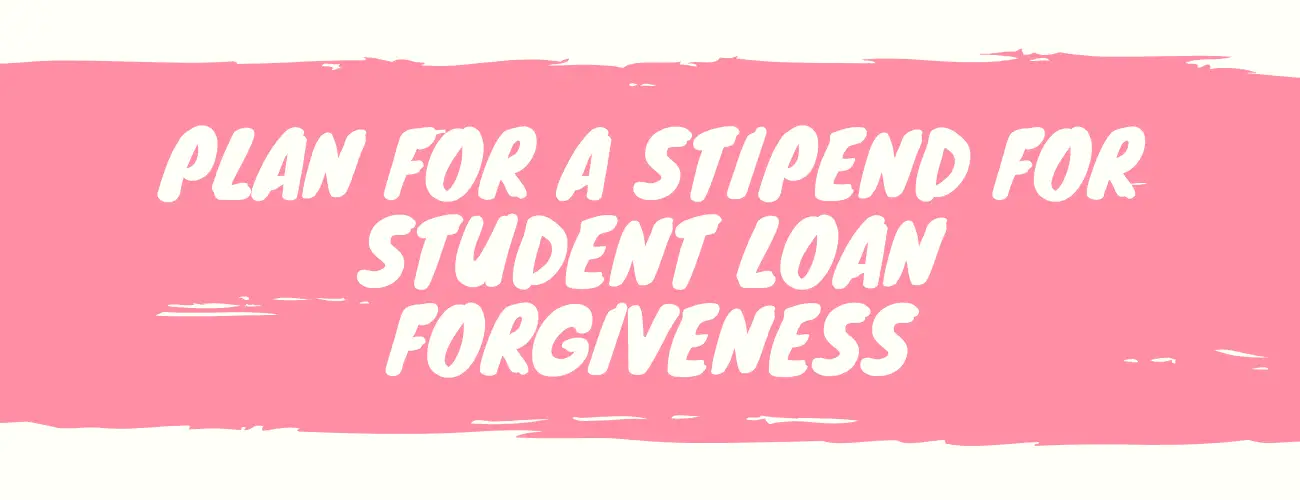
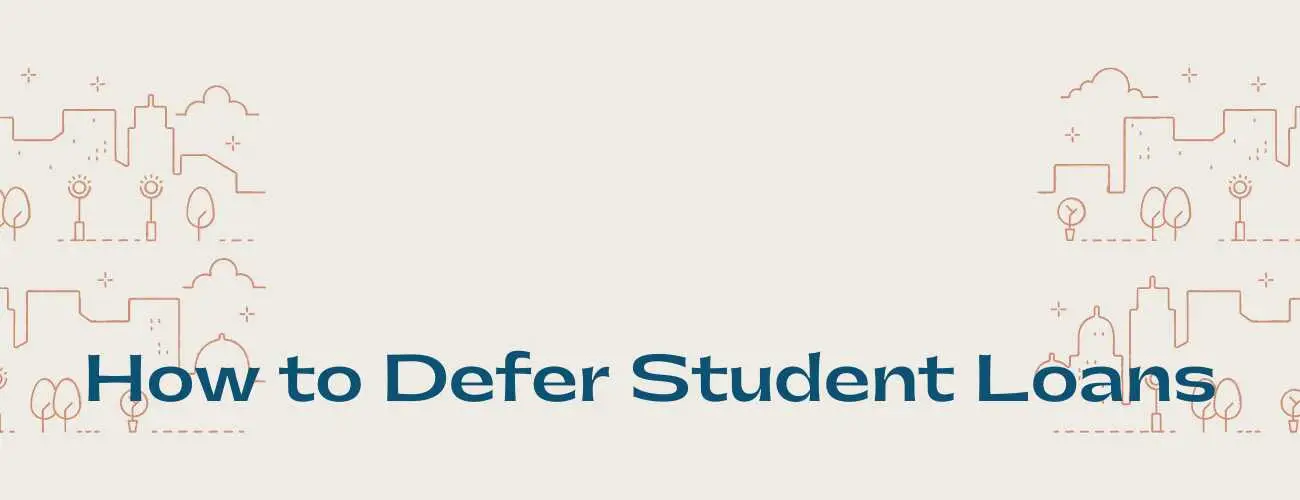
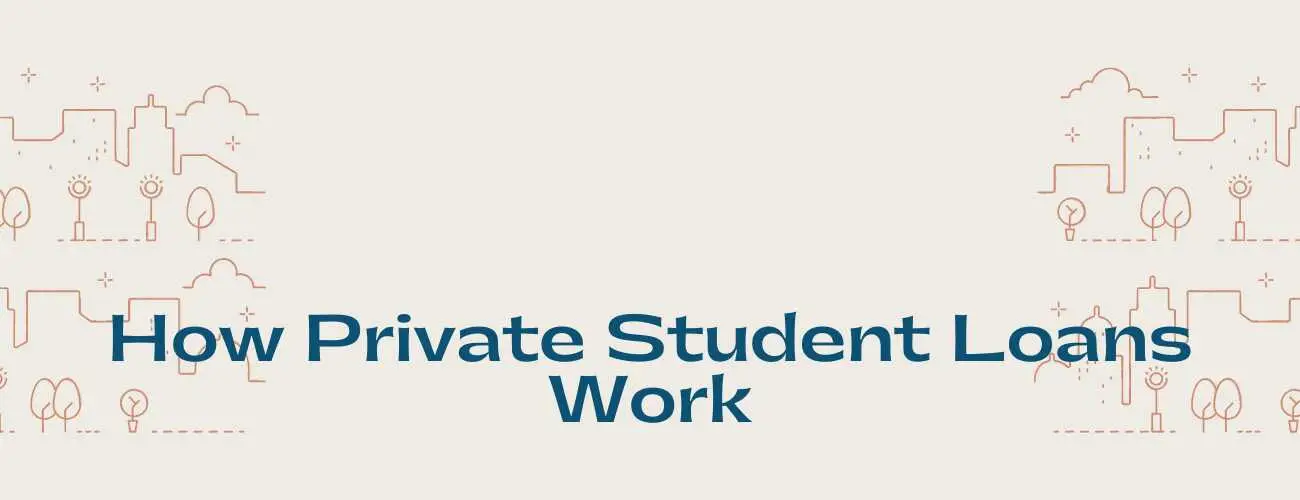
93.jpg)
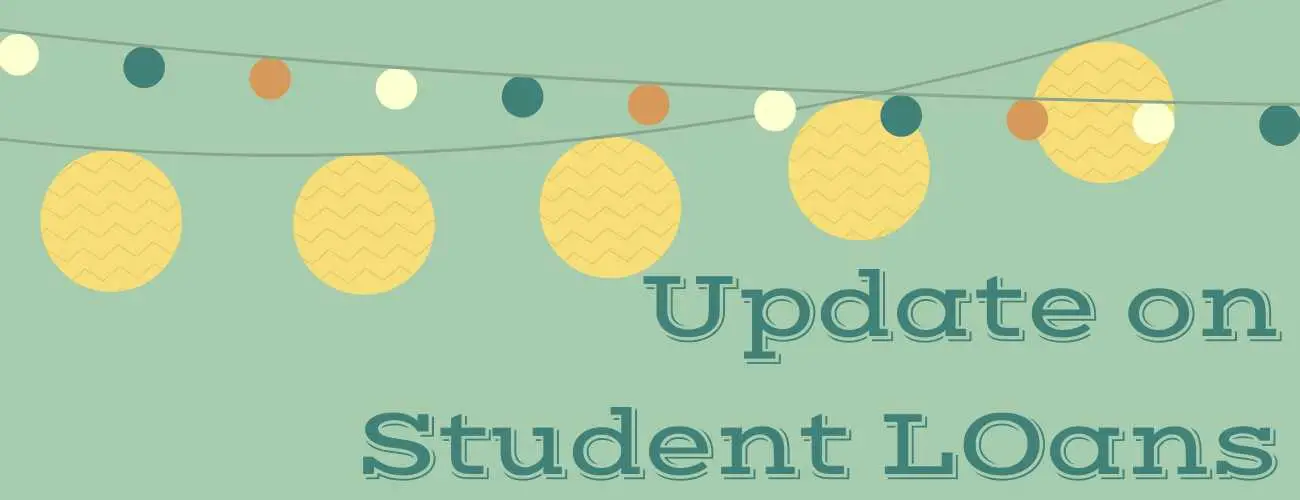
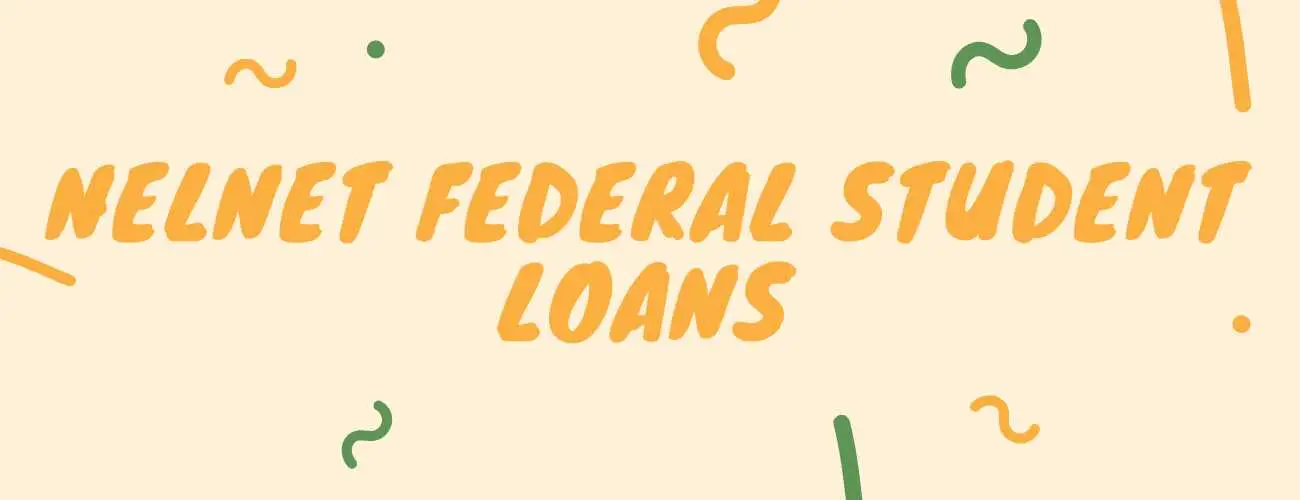
28.jpg)
